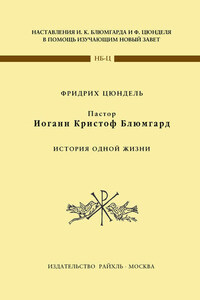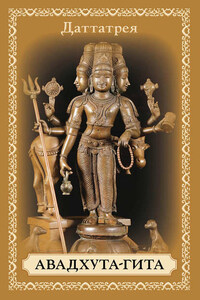COPYRIGHT
William Collins
A division of HarperCollinsPublishers
1 London Bridge Street
London SE1 9GF
www.harpercollins.co.uk
First published in 2004 by Collins
A catalogue record for this book is available from the British Library
Rowland Phototypesetting Ltd,
Bury St Edmunds, Suffolk
All rights reserved under International and Pan-American Copyright Conventions. By payment of the required fees, you have been granted the nonexclusive, nontransferable right to access and read the text of this e-book on-screen. No part of this text may be reproduced, transmitted, downloaded, decompiled, reverse-engineered, or stored in or introduced into any information storage and retrieval system, in any form or by any means, whether electronic or mechanical, now known or hereinafter invented, without the express written permission of HarperCollins e-books.
HarperCollinsPublishers has made every reasonable effort to ensure that any picture content and written content in this ebook has been included or removed in accordance with the contractual and technological constraints in operation at the time of publication.
Source ISBN: 9780007169504
Ebook Edition © FEBRUARY 2016 ISBN: 9780008173951
Version: 2016-02-09
INTRODUCTION
In its broadest contemporary sense the word saint may describe any person whose nature or behaviour suggests exceptional holiness or goodness. More precisely, it may refer to any person deemed to have been granted admittance to heaven after their death on account of their virtuous life while on earth.
In biblical times, the term saint was interpreted somewhat differently, being understood to refer exclusively to those individuals within the early Christian community who had rejected sin and led lives in a state of sanctity. (According to the Bible itself, the term saint refers to holy people, that is, those who are consecrated to God; in New Testament terms, all followers of the Christian way.) In more general use, the term came to be applied especially to those martyrs who had died for their faith and who, being now in heaven, could represent before God the pleas of the faithful. As the Roman persecutions of early Christians came to an end the word saint began to be applied more widely to other notable religious figures who did not necessarily die martyrsâ deaths (technically, confessors), such as the Desert Fathers and other early monks and nuns. In later centuries the term saint gradually evolved until it came to include all manner of individuals deemed to have dedicated their lives to God and to be worthy of special respect, be they martyrs, hermits, theologians, popes, bishops, priests or humble lay people.
Estimates of the total number of saints acknowledged either locally or throughout the church vary but a figure of around 10,000 is often quoted. Of these only some 300 have actually been officially canonized by a pope. The vast majority of saints were originally acknowledged as such by popular acclaim rather than through any formal procedure, their shrines becoming sites of pilgrimage and their bones becoming treasured relics. Some became the focus of universal veneration, while many more were destined to remain the object of local cults. All might be petitioned in prayer for divine aid, protection or guidance.
The lives of some early saints became confused with one another and the details of many were forgotten entirely, or became shrouded in legend. Some lives, it would appear, were wholly fictitious, inspired by the discovery of an old grave, the product of local folklore or the mistranslation of an ancient written text. The need to formalize saint-making resulted in due course in the process of canonization (that is, the listing of saints in an official catalogue, or canon). The first such lists, chiefly martyrologies, were drawn up at an early date and today the identification of saints depends upon consultation of many such catalogues, including martyrologies and church calendars.
The first official canonization by a pope was that of St Ulrich in 993, under the aegis of Pope John XV, and by the 13th century it was accepted that the pope alone could officially confer sainthood (although this only usually happened after a local cult had become well established). In 1588 a special body within the Roman Catholic church was created specifically to investigate candidates for sainthood. From these investigations has evolved the modern (and often very lengthy) process of canonization, which involves detailed investigation into the life of a proposed saint. If initially successful, the individual concerned is granted the title âVenerableâ, upon which he or she goes through further investigation before achieving beatification, being declared âBlessedâ and assigned an official feast day (usually, though not always, falling on the day of their entry into heaven). After a final investigation the individual may be formally canonized as a saint (meaning he or she is deemed worthy of universal veneration). In the course of these investigations it must be proved that the individual in question lived a life of heroic service to virtue or piety, though they need not have been completely faultless. Other requirements include the validation of at least two posthumous miracles.














